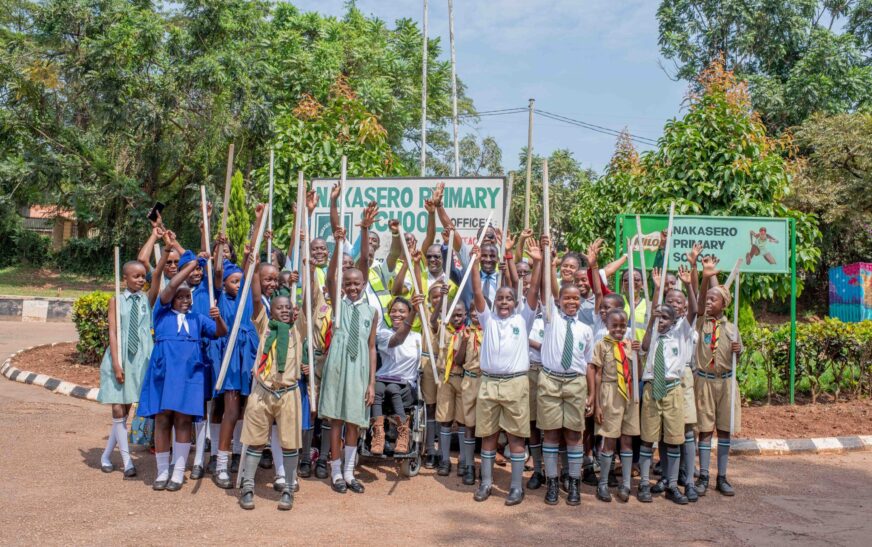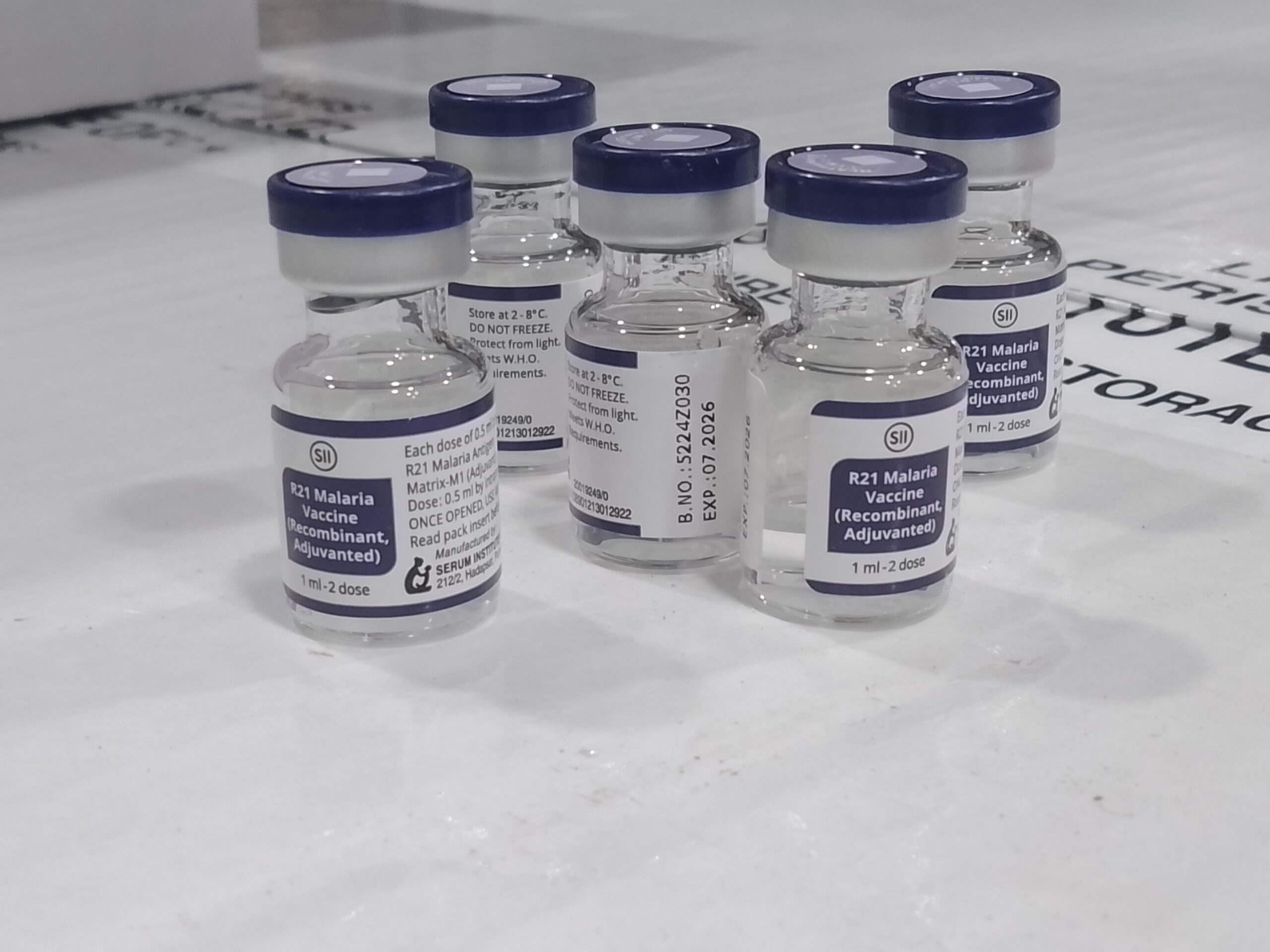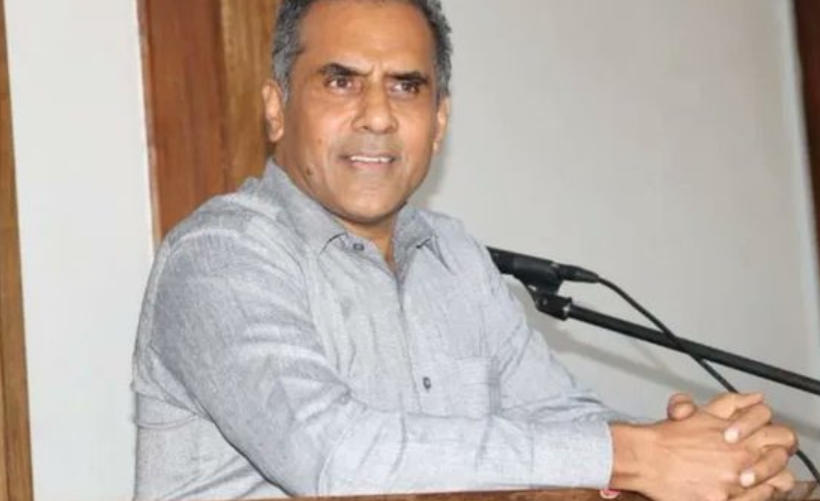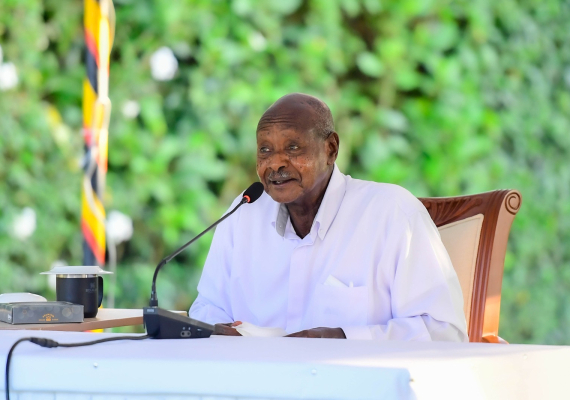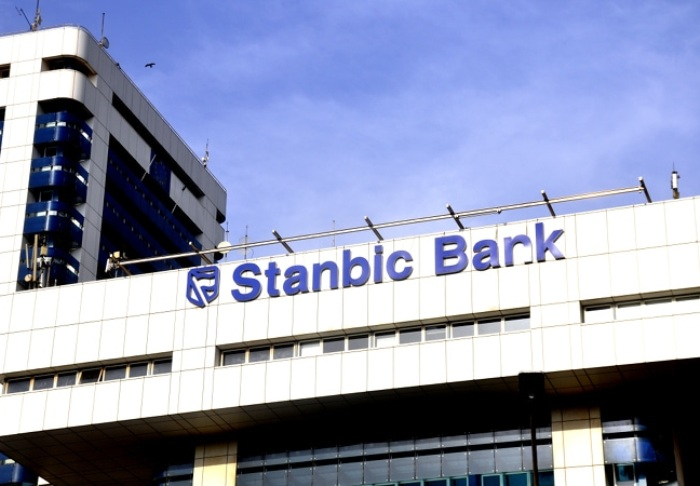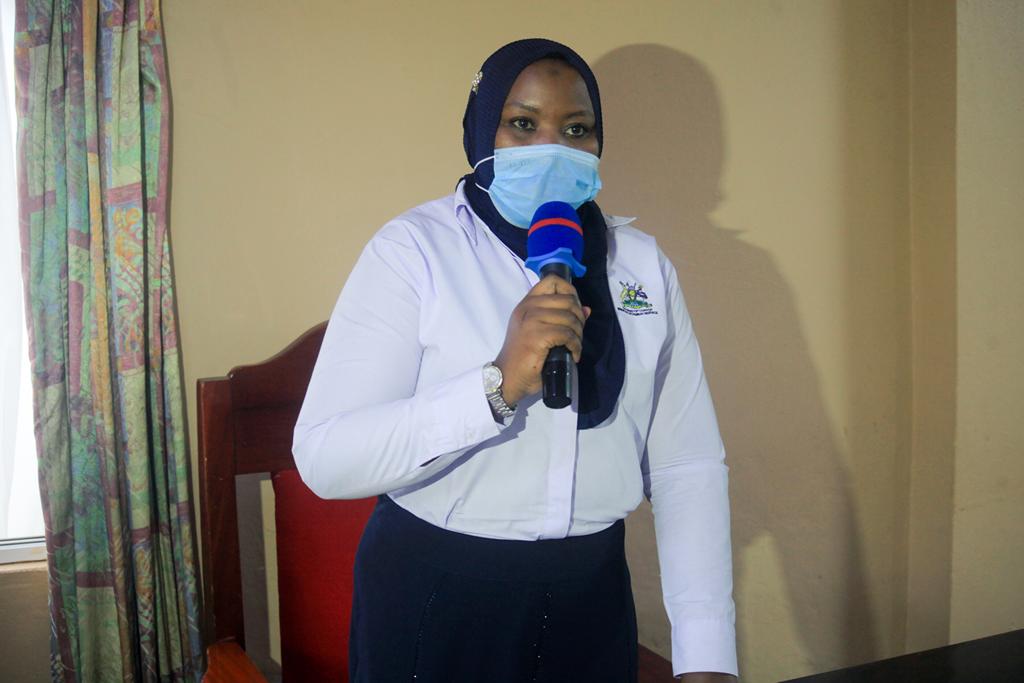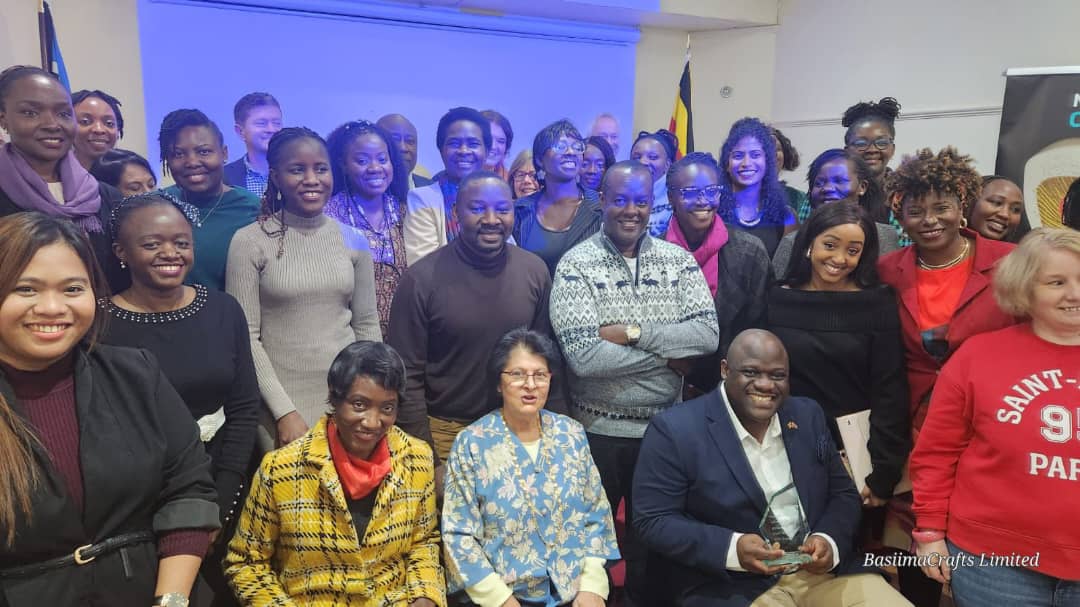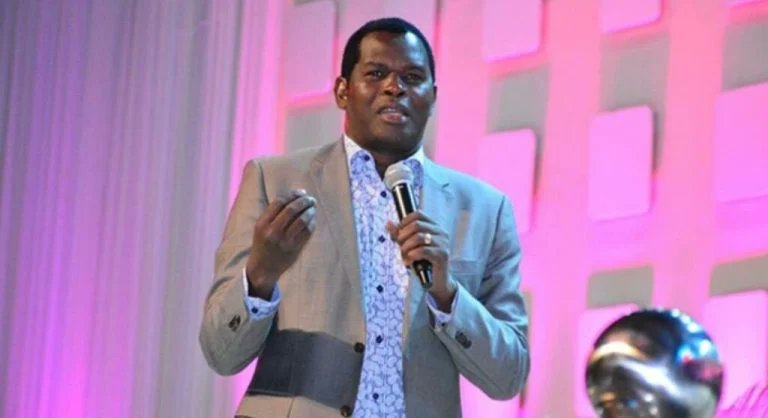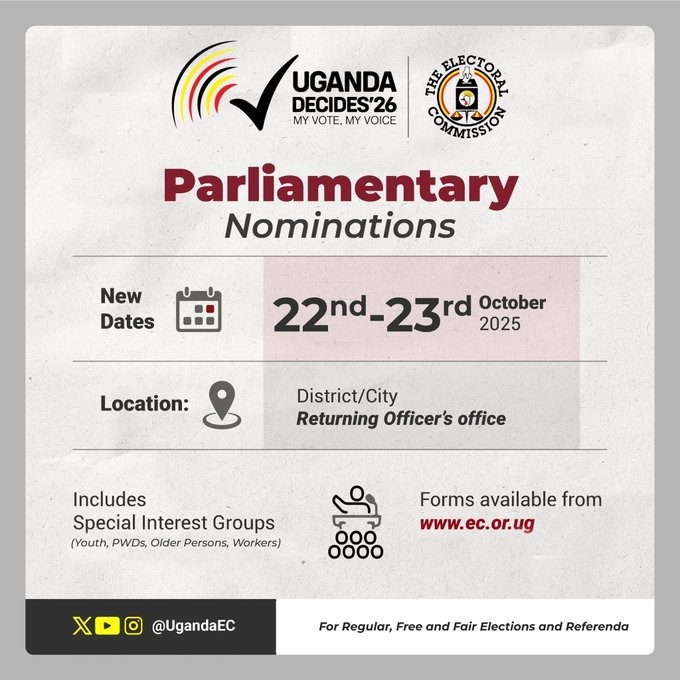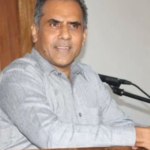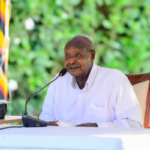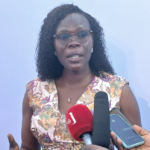The Opposition has criticized the government’s allocation of Shs 7,000–Shs 20,000 per learner annually under Universal Primary Education (UPE), arguing that this meager funding has negatively impacted the quality of education in public schools.
Joseph Ssewungu, the Shadow Minister for Education, raised these concerns in the 2025/26 Alternative Policy Statement for the Education and Sports Sector. He questioned why the government has maintained the same allocation despite the rising number of learners enrolling in schools.
“There has been a significant increase in enrollment under UPE, from 3.1 million learners in 1996 to over 8.6 million in 2025. Similarly, Universal Secondary Education (USE) enrollment has grown from 1.2 million students to over 1.99 million,” he stated.
Ssewungu pointed out that since 2019, the government has consistently allocated capitation grants ranging from Shs 17,000 to Shs 20,000 per pupil per year under UPE. He argued that this funding is insufficient and has affected service delivery as well as the management of school operational costs.
Teacher Recruitment and Staffing Gaps
Another key priority outlined in the Opposition’s alternative policy is teacher recruitment. A review of 135 Local Governments revealed that out of 111,101 approved primary school teaching positions, only 85,073 (77%) are filled, leaving a staffing gap of 26,028 teachers (23%).
According to Ssewungu, while the Ministry of Education and Sports recommends a teacher-pupil ratio of 1:53, inspections in various local governments indicate an actual ratio of 1:75. This exceeds the standard and creates an unconducive learning environment.
“In secondary schools, there is a severe shortage of teachers, particularly in science and language subjects. This has resulted in high teacher-pupil ratios of 1:100, leading to poor performance, as seen in the recently concluded 2024 national exams. Universities face a similar crisis, with staffing levels below 50%. For instance, Lira University has only one professor,” Ssewungu noted.
To address this, the Opposition proposes prioritizing teacher recruitment to reduce workload among existing understaffed teachers, thereby improving the teacher-student ratio and enhancing the quality of education.
Infrastructure, ICT, and Laboratory Shortages
The Opposition also highlighted poor infrastructure and inadequate learning materials as major obstacles to quality education. Ssewungu noted that many schools lack connection to the national power grid, limiting computer use. Even schools with electricity face challenges, as they have very few computers, often shared at a ratio of 1:12. Additionally, limited internet access due to high costs has hindered ICT studies and research.
“This has restricted the study of ICT and research, which are essential for competence-based learning. Furthermore, most public schools lack the funds to fully equip their science laboratories, leading to consistent failure in science subjects,” he explained.
The Opposition’s alternative policy prioritizes the provision of learning materials, arguing that well-equipped schools enhance teaching quality, improve student engagement, and boost academic performance, ultimately making education more accessible and effective.

